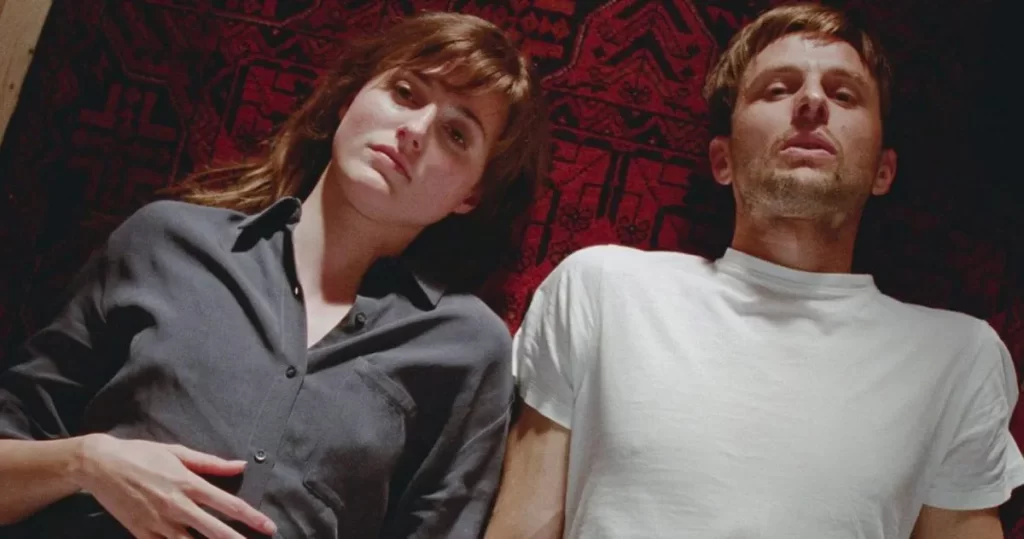A couple of years ago I spent a weekend in Madrid by myself. Madrid is a city I’ve always loved and where I went pretty often to do things, such as visiting friends and attending courses, but also to simply spend a couple of days alone in a place vibrant with life. Unfortunately, that weekend was pouring with rain and, since my friends from Madrid were all busy, I spent my days in cafes or in the cinema. I watched 5 movies in two days. And I really liked all of them.

The second one I watched was the award-winning Norwegian film The Worst Person in the World (Verdens Verste Menneske in the original). The movie is structured in 12 acts, every one focused on an episode of the main character’s life. In the first one, we get to know her, Julia, a medical student, who’s never convinced about her choices and constantly changes her path. She jumps from medicine to psychology and from psychology to photography, always looking for something more stimulating, something that feels like her right path.
Also her relationships follow the same trend as her career choices, she jumps from one man to the next one, as if she were collecting different types of experiences, without ever looking too invested. Until she meets Aksel, a comic writer, 15 years her senior, she is in her late twenties and he’s in his early forties. With him, it looks like she’s finally found some stability. They live together in a beautiful Scandinavian apartment. They go on vacation and to family events together and she works part-time in a bookshop while trying – without too much conviction – to be a writer. Life flows, among daily routines, discussions about having a child (Aksel wants one, while Julia doesn’t really know what she wants, but anyway she doesn’t feel ready yet), social events, and family episodes that show us the troubled relationship Julia has with her relatives, especially with her father.
But we can see she’s never happy, never ultimately satisfied, always looking for something she doesn’t even know: a passion, a sparkle, a deeper meaning. One night, at a party she crashed, she meets Eivind, a guy she feels deeply intimate with and this event starts a new set of doubts, restlessness, and a need for change.

The worst person in the world is an insight into the modern society. I’m sure many of us recognised ourselves in Julia, at least to a certain extent. Young people in their twenties trying to make “the right choice”, unable to simply stay where they are. It’s hard to draw a line between a positive curiosity that stimulates us to try new things and acquire experience, and a mere infructuous restlessness, because of which we jump from one project to another without ever concluding anything. When I see Julia, a character I really appreciated in her humanity and plausibility, I don’t see an actual search for a deeper meaning, but simply a bored person, who seems too scared to really take risks and commit herself to something or someone. That’s why dropping everything because it’s never good enough turns out to be an escape from her responsibilities instead of an escalation in her life. At the end of the day, never knowing what one wants and never taking life head-on is the best way to self-sabotage. Life doesn’t give discounts, though and, sooner or later, we’ll always have important decisions to take, that can’t be put off or avoided. Will Julia be ready for that?

I loved this movie, especially after watching it a second time a few weeks ago, because I noticed details I hadn’t noticed the first time. I love how honest and subtly sarcastic Scandinavian movies usually are. And I loved how this movie made me think critically about myself, gently and with a touch of irony.
My rating: 8.5/10
